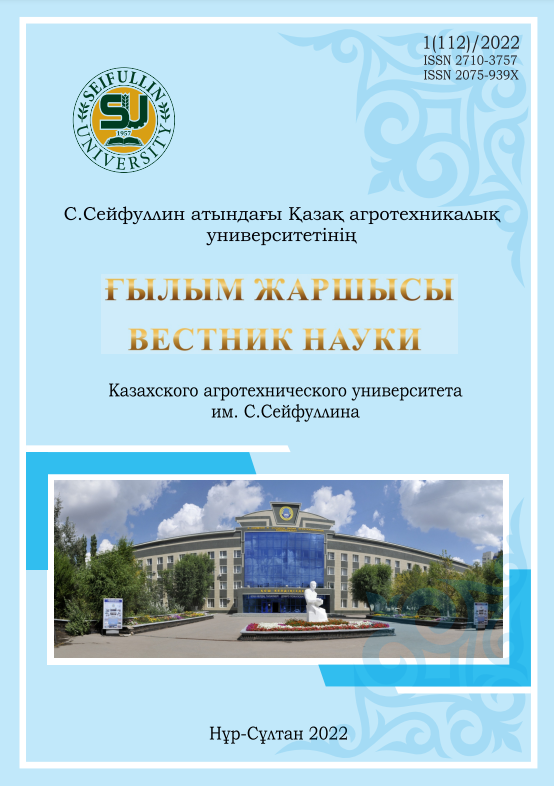CULTIVATION OF MEDICINAL PLANTS IN NORTHERN KAZAKHSTAN
DOI:
https://doi.org/10.51452/kazatu.2022.1(112).885Keywords:
cultivation agrotechnics, medicinal plants, biometric indicators, disappearing, ni-trogen fertilizers, productivity, seed germination, safetyAbstract
A study of agricultural technology for the cultivation of medicinal herbs took place in Northern Kazakhstan. To obtain high-quality raw materials that are not inferior in pharmacology to wild plants, scientists adhered to agrotechnical standards and techniques. The material grown without zoning or according to the recommendations for other regions may turn out to be useless from the point of view of pharmacology. Therefore, the novelty of these studies lies in the development of scientifically based measures for the cultivation of medicinal plants in the context of regional zoning and the use of rare and endangered species. Purpose of this study: development of an optimal method for cultivating medicinal herbs in Northern Kazakhstan. Research work was carried out in the Akmola region on the farming lands of "Kokterek". The following types of medicinal herbs were selected as objects of research: purple coneflower (Echinacea purpurea Moench), sage (Salvia officinalis), oregano (Origani vulgaris), catnip (Népeta catária), summer adonis (Adónis aestivális), elfdock (Ínula helénium), breckland thyme (Thymus serpyllum). It was revealed that the use of nitrogen fertilizer influenced the increase in field germination of seeds of all plants, field germination in control group was 6.3 - 62.8%, which was lower than in the experimental group. The dry biomass of the aerial part of one plant in sage, oregano, breckland thyme, summer adonis and catnip in the experimental group exceeded the same indicator in the control by 12.6 - 18.0%. The yield of catnip, oregano, sage, breckland thyme and summer adonis in the experimental plot was 1.7-35.8 more than in the control. Consequently, the use of nitrogen fertilizers on biometric indicators and the yield of medicinal herbs, in general, has a positive effect. However, it is not recommended to use mineral fertilizer for the growth of purple coneflower and elfdock.

